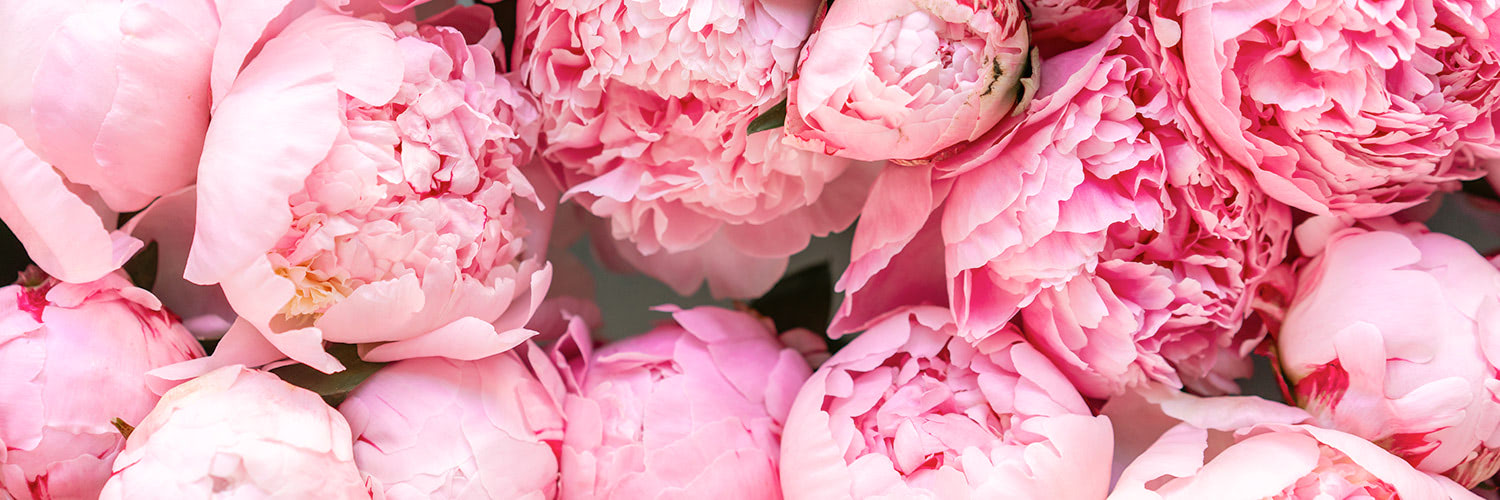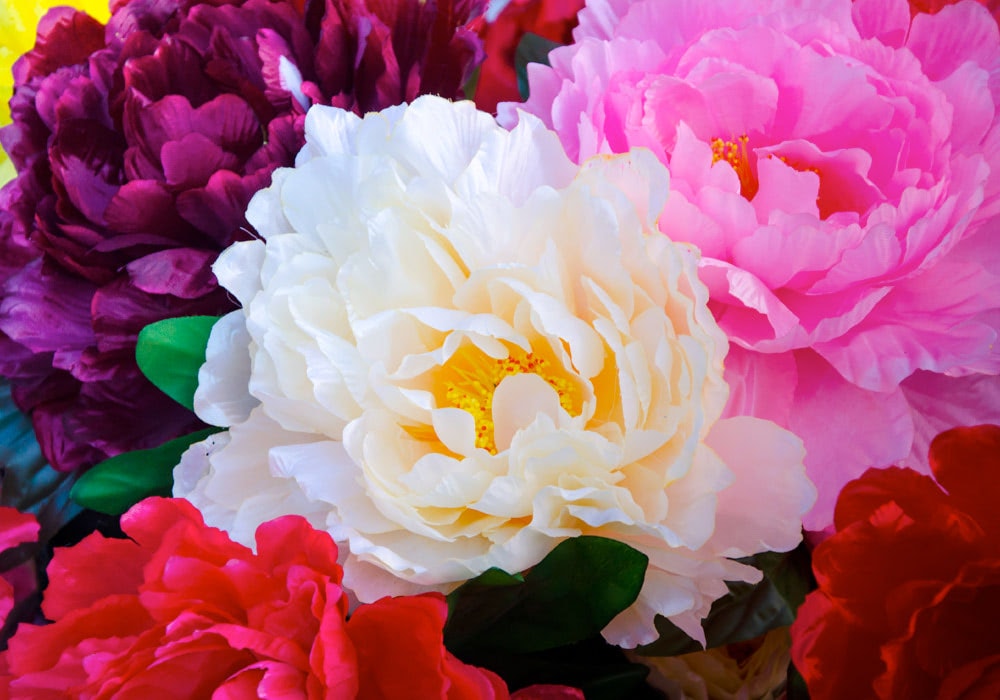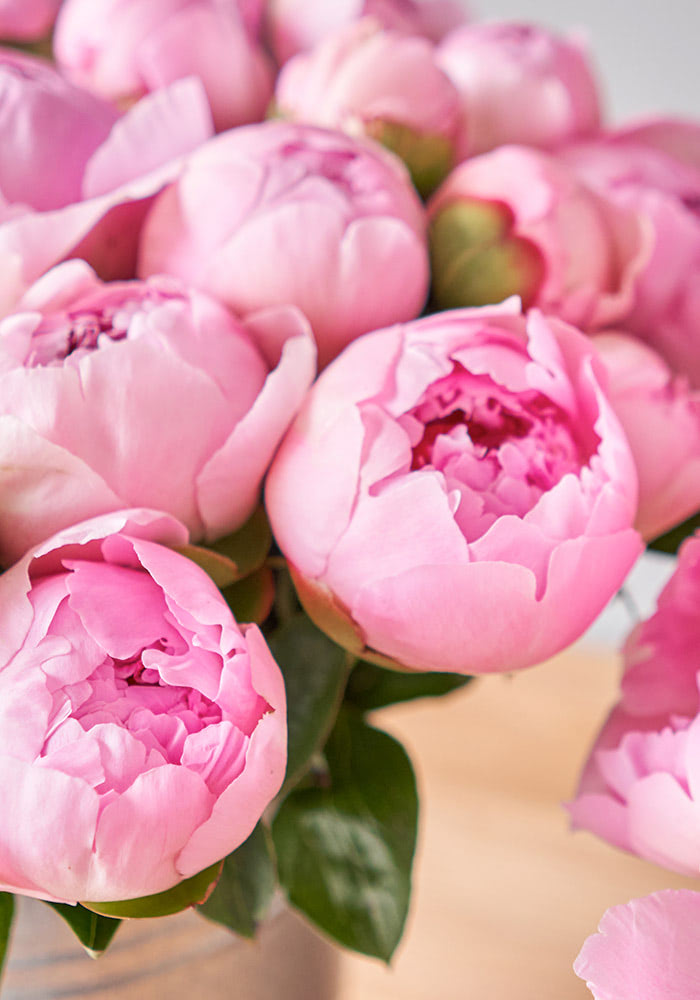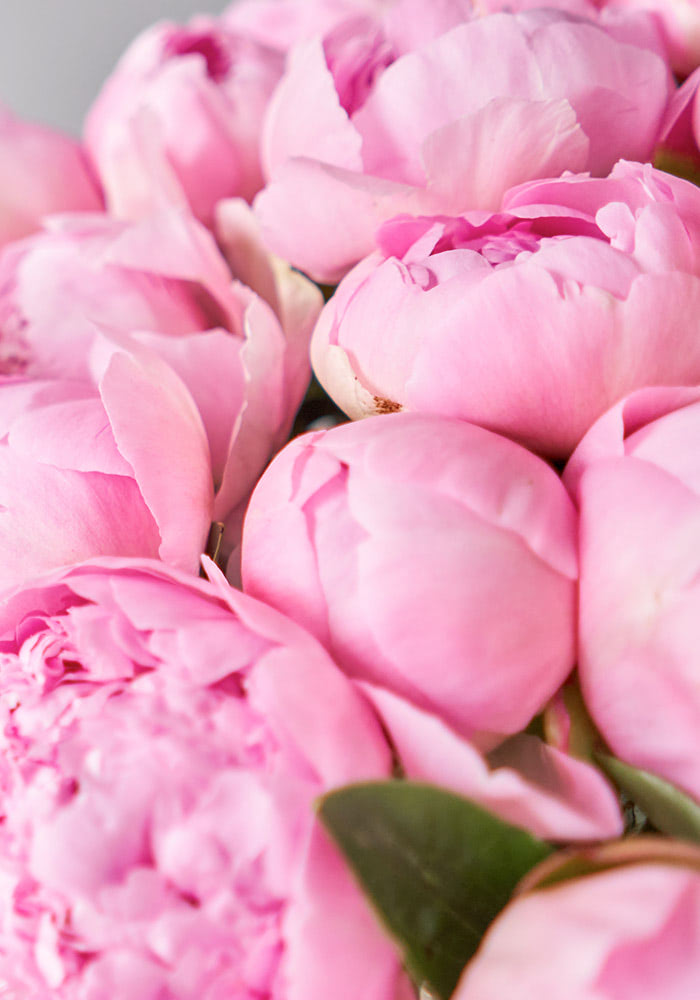

About the Peony
Peonies are popular perennials that have become a beloved bloom across the globe. Their origin began in Chinese gardens around 1,000 B.C. when people started harvesting peonies to utilize in cooking and medicines. It wasn't until the Tang Dynasty that peonies began to be adored and favored for their elegance and beauty. From 618 to 907 AD, these particular flowers were bred in Imperial courts as an essential daily ritual, and therefore, have become linked to royalty and great wealth. It did not take long for these captivating flowers to become a worldwide sensation.
Characteristics of Peonies
The peony is a delicate flower with fluffy petals that create a full, puffy sphere and offers a sweet and alluring fragrance. This bloom can be found in many colors, including white, pink, yellow, and red. Purple, orange, and coral peonies also exist and provide brilliance to gardens and floral arrangements, but they are less common. Peonies thrive from late spring through early summer, but they are most abundant in May and June. Their outstanding quality enhances the peony's popularity as they can last for many days when cut and cared for properly in a vase.
Peony Flower Forms
Anemone, Japanese, Bomb, Single, Semi-Double, and Double are the six most popular shapes and forms that peonies can adopt.
Fun Facts About Peonies
- The Peony is the state flower of Indiana, and before the plum blossom, it was China's national flower.
- The 12th wedding anniversary is celebrated with peonies.
- In the beginning, peony buds are no larger than a golf ball. As they bloom, they open to three times their original size.
- There are hundreds of varieties of peonies.
- Peony plants can continue blooming annually for approximately 100 years.
- White peonies are one of the oldest remedies in traditional Chinese medicine.
- In China, "peony" translates to "most beautiful."

Peony Name Origin
The name "peony" is a product of Greek mythology. While there are two origin stories connected to the peony flower, both tell a tale of jealousy and anger resulting in the creation of the peony. The first story depicts a nymph named Paeonia, a bashful character, who was caught flirting with Apollo by Aphrodite. Paeonia was embarrassed, and Aphrodite became so enraged and bitter that she turned Paeonia into a flower.
The second story is of Paeon, a student of the Greek God of Healing and Medicine, Asclepius. When Paeon began using milk from peony roots to help heal Pluto, Asclepius was furious and envious of his pupil's success that he formed a plan to kill him. Zeus intervened and turned Paeon into a flower for protection.
Peony Symbolism
General symbolism of the peony includes good fortune, wealth, prosperity, good luck, a rebirth of relationships, love, and happiness in marriage. Chinese culture associates peonies with power, wealth, and class. Japanese culture connects peonies to bravery, honor, and good fortune, especially red peonies. In the Victorian Age, peonies were synonymous with beauty and bashfulness.

Peony Occasions
Many celebrations call for peonies, from romantic moments to sentiments of "good luck," "congratulations," and even apologies. Weddings are perhaps the most popular occasion to honor with peonies as this flower is representative of love and happy marriages. Aside from their symbolism, brides, grooms, and florists adore their full-bodied bloom and sweet, soft aesthetic.


